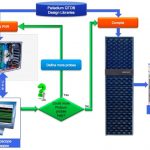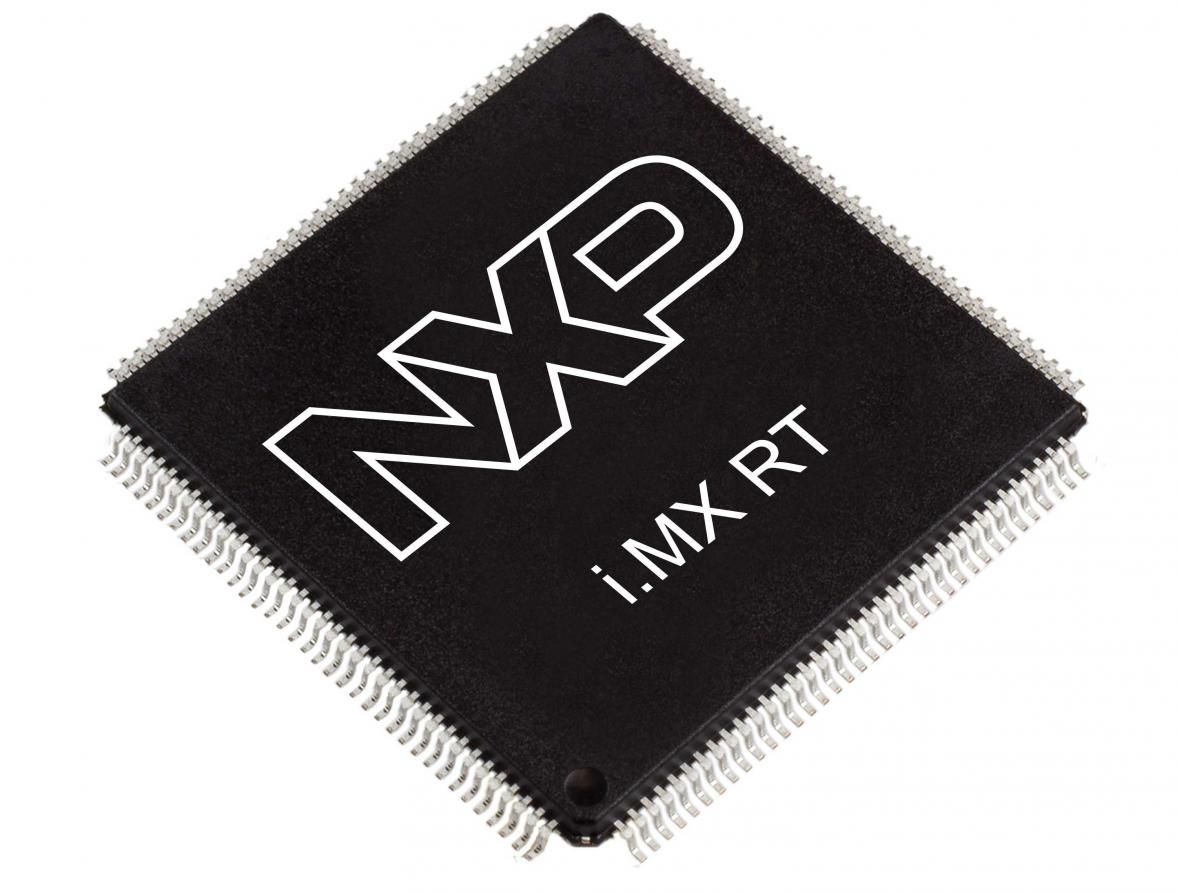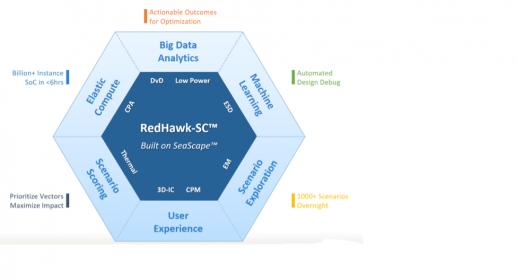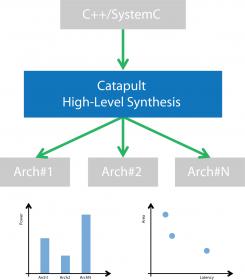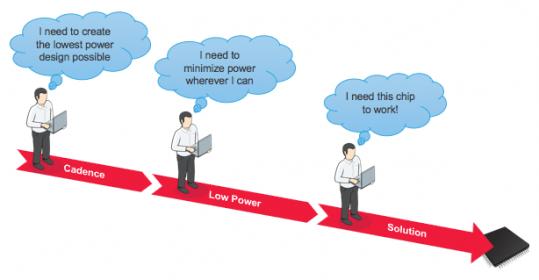Given that SoC design today is predicated on IP reuse, you would assume that processes to deliver, maintain and communicate status on reusable IP should be highly optimized. But that’s not necessarily the case, especially when so many design companies have consolidated, each brings its own IP libraries, design flows, license… Read More
Tag: bernard murphy
Blurring Boundaries
I think most of us have come to terms with the need for multiple verification platforms, from virtual prototyping, through static and formal verification, to simulation, emulation and FPGA-based prototyping. The verification problem space is simply too big, in size certainly but also in dynamic range, to be effectively addressed… Read More
A Crossover MCU
Back in the day we had processors which consolidated computing power onto a chip, and out of these sprang (if you’ll excuse the Biblical imagery) microcontrollers (MCUs) in one direction and increasingly complex system-on-chip (SoC) processors in another direction. SoCs are used everywhere today, in smartphones, many IoT … Read More
CEVA and Local AI Smarts
When we first started talking about “smart”, as in smart cars, smart homes, smart cities and the like, our usage of “smart” was arguably over-generous. What we really meant was that these aspects of our daily lives were becoming more computerized and connected. Not to say those directions weren’t useful and exciting, but we weren’t… Read More
Big Data Analytics and Power Signoff at NVIDIA
While it’s interesting to hear a tool-vendor’s point of view on the capabilities of their product, it’s always more compelling to hear a customer/user point of view, especially when that customer is NVIDIA, a company known for making monster chips.
A quick recap on the concept. At 7nm, operating voltages are getting much closer… Read More
The Elephant in the Autonomous Car
I was driving recently on highway 87 (San Jose) and wanted to merge left. I checked my side-mirror, checked the blind-spot detector, saw no problems and started to move over – and quickly swerved back when a car shot by on my left. What went wrong? My blind-spot detection, a primary feature in ADAS (advanced driver assistance systems,… Read More
High-Level Design for Automotive Applications
Automotive markets have added pressure on semiconductor/systems design through demand for ISO26262 compliance – this we all know. But they have also changed the mix of important design types. Once class of design that has become very significant in ADAS, and ultimately autonomous applications, is image signal processing (ISP).… Read More
The Practice of Low Power Design
For any given design objective, there is what we in the design automation biz preach that design teams should do, and then there’s what designs teams actually do. For some domains, the gap between these two may be larger than others, but we more or less assume that methodologies which have been around for years and are considered to… Read More
The DIY Syndrome
When facing a new design objective, we check off all the established tools and flows we know we are going to need. For everything else, we default to an expectation that we will paper over the gaps with scripting, documentation and spreadsheets. And why not? When we don’t know what we will have to deal with, in documentation, scheduling,… Read More
Webinar: High-Capacity Power Signoff Using Big Data
Want to know how NVIDIA signs off on power integrity and reliability on mega-chips? Read on.
PPA over-design has repercussions in increased product cost and potential missed schedules with no guarantee of product success. Advanced SoCs pack more functionality and performance resulting in higher power density, but traditional… Read More



